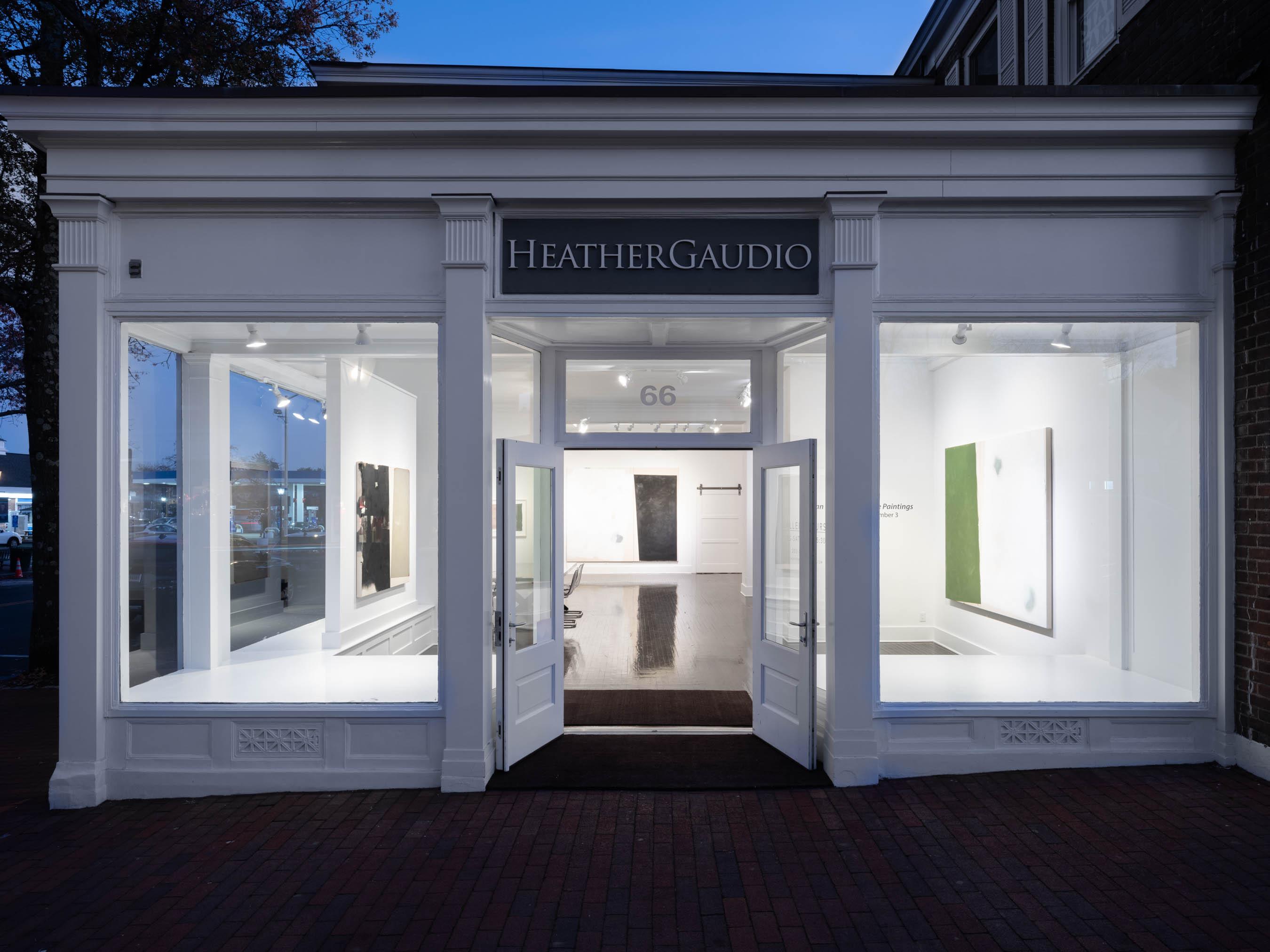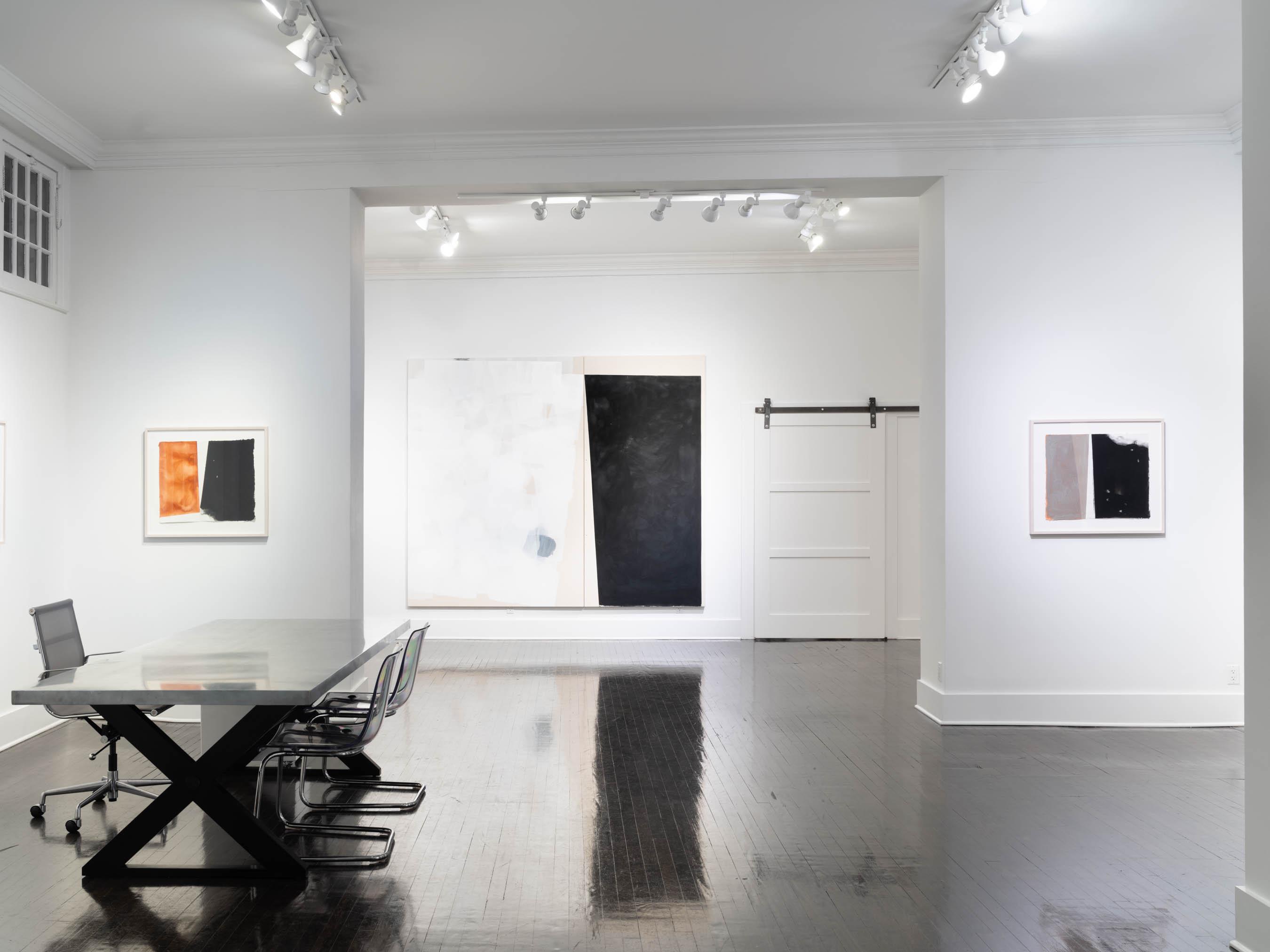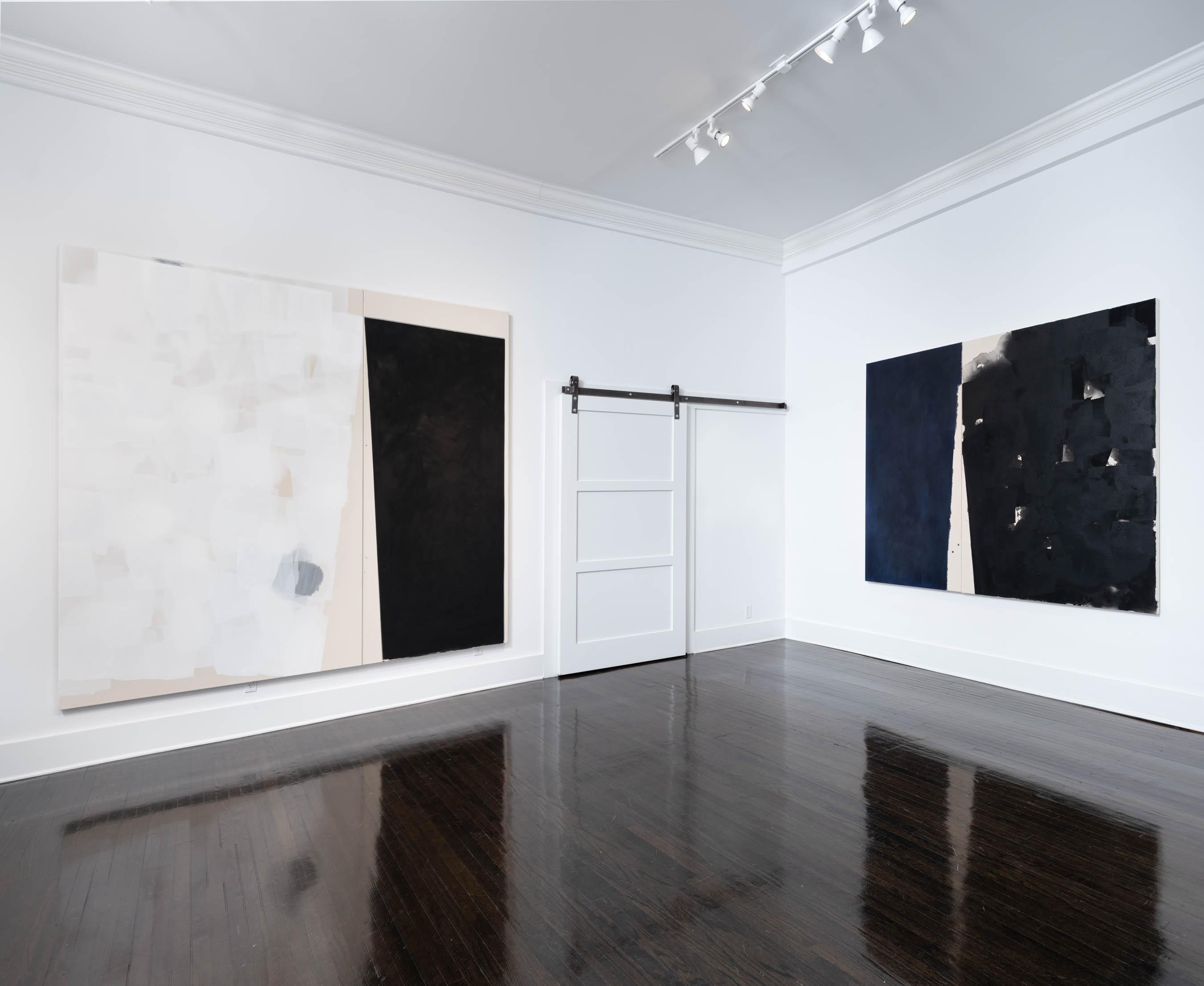
Avebury, Wiltshire, UK



Avebury, Wiltshire, UK

Jon Wood: I would like to start this conversation about your interest in sculpture - and about the sculptural in your work- by asking you if you sometimes feel a greater affiliation with sculptors than painters?
lan McKeever: Yes, I think I do, certainly in more recent years. I'm drawn to sculpture for what it basically is: a fully formed threedimensional object standing free in the world. In the contemporary context, I feel a greater affinity to the work of Tony Cragg and Richard Deacon, for instance, or, looking a little further back, to Eduardo Chillida, than I do to most contemporary painting. Good sculpture still holds presence before it has meaning, although perhaps 'fool's gold'; I would wish this for painting as well, something that I think it used to have. Painting today is more engaged in the fictive world of image-making. The painting has become foremost a picture, just another image in a world full of pictures.
JW: It was interesting to see your Henge paintings on display in the company of Cragg's sculpture at Skulpturenpark Waldfrieden in 2020. I thought they worked well together. They seemed to come off the wall: very physical, solid and textured. How did you think they worked in that context?
IM: The surface of the paintings is an emphatic two-dimensional plane, and the paint is applied in thin layers. In that sense, in the first instance texture is visual, not physical. The 'bodying forth' they suggest is held on a flat plane, as the paintings are wallbound. This is the strange paradox in painting. The Cragg sculptures sit with unequivocal three-dimensional presence in the space, and I find their solidity very affirming. Also, they're made of wood, emanating a certain warmth, which is a quality I need to respond to work. The largest sculpture, titled Sail [2017], is over three metres high, roughly in the shape of a mandorla; its modulating, almost pearlescent white surface feeds right back into the paintings. Things connect and there is a real dialogue.
JW: Whiteness was a striking quality of that exhibition, not only between the sculptures and the paintings but also, of course, through the interior of the gallery itself It was something you mentioned at the time, too. How do you tend to think about whiteness and the issues it raises for painting and sculpture?
IM: At the opening of the exhibition, I spoke about the nature of white, my experience of walking into the bathroom and listing the different whites one comes across: the colour of the walls, the tiles, towels, toothpaste, soap and so on. Not only do they all have a different quality of white, but because of the material used, they hold white in unique ways. As a colour, white is so nuanced, easily inflected by the surface containing it and by what is around it. Pure white is more a matter of the mind than actuality.
I think the purest white I have ever seen is that of an orchid. in terms of painting, white expands, it is breathing out as if emitting an inner light. It's a colour I have worked with extensively for many years. I'm not sure I understand how it works in terms of sculpture; certainly it takes away weight. At the same time, white can suggest a luminous core: here I am thinking of some of Chillida's alabaster pieces. Or in the case of Cragg's Sail, it's like a bar of soap or a candle, the way such things seem to hold the colour internally as opposed to being simply a painted surface.
JW: I'd like to hear your thoughts on sculpture's famous (or infamous) weight. I'm interested in how these thoughts relate to your own paintings and to those works of other artists that have struck you over the years.
IM: I think sculptors wear boots and painters wear shoes, they somehow stand differently in the world. Regarding sculpture and weight, I'm not sure I do understand it. If I think of the work of Cragg and Deacon, then I see Cragg as emerging from the ground, the work is rooted, while Deacon's sculptures find form more from the mind, to then seek placement. My own concerns cut right across this difference, rising and falling - the placement of a body, so to speak. An important image for me when I was younger was the documentary photograph of Asphalt Rundown [1969] by Robert Smithson: how gravity was allowed to find its place, be both visibly and physically present. So much painting appears to deny gravity, is afloat in pictorial space. I'm uncomfortable with this; gravity's presence is crucial for me. Also, when a work gets too big, it ceases to relate to the human body and loses this physical pull.
JW: That's interesting and makes me think of many so-called 'sculptors' drawings, in which sculptors seem to relish the freefloating. gravity-defying possibilities of the page and of being liberated from the pull of the earth. Photographs of sculpture do the opposite, further heightening our sense of sculpture as being grounded and highlighting intricate relationships with its material context. Your fascination with Smithson's work seems key here, and I wonder if photography has often mediated your appreciation of sculpture and its values and, in turn, helped coordinate the place and predicament of your painting.
IM: If I look at the photograph of Asphalt Rundown, then I do view it in terms of painting. The work becomes planar. What's interesting about sculptors' early use of photography-as in, say, Auguste Rodin, Constantin Brâncusi or Medardo Rosso - is that they reduced a three-dimensional object to a plane, and something interesting happens in that gap from 3D to 2D. Even if one thinks of the photographs of Barbara Hepworth's work in the studio, one is looking differently from how one understands the work in the flesh. Painting, in being two-dimensional, doesn't have this frisson, the painting and photograph all too easily meld, blur into each other, the distance is not there.
IM: Although I haven't thought about this before in terms of how sculpture relates to photography, perhaps my own approach to it and my understanding of sculpture is informed by this difference. In my own use of photography. I've never wanted to blur the boundaries between it and painting, but to see it as something other than painting. I think there are some sculptors who think like painters, and some painters who tend to think like sculptors, and there's probably an element of this in my paintings. The sculptor is body-to-body with his or her work, their own body in relationship to that of the sculpture; painting goes from body to plane, the surface of the painting. I see the photograph, including sculptors' photographs, as a means of negotiating that difference.
JW: Please say more about how photography has helped you negotiate two and three dimensions and the differences between them and paintings and sculpture.
IM: In simple terms, photography gives distance. What is photographed is always out there, separate. Painting doesn't have this distance, it's more intimate in the sense that one cannot - at least, I cannot - separate myself from it. There is always a bodily connection, the painting rubs against one, in a way that I don't think photographs do. Also, the photographic image is held in the moment, the moment of taking. The painting's sense of time is different; time sits in painting in a different way. I think that time is more important and, actually, more evident in painting than is space. Time is what we get when we begin to look at a painting, and its significance is much underrated. I'm not sure how this relates to sculpture. Sculpture is objectified in a way that painting isn't. It has a concreteness. Perhaps here, there's a connection between sculpture and photography to do with making concrete, making real, which has to do with a certain sense of time, a time not so readily available to painting. I can't say I understand it, but it's something I sense. Often, I think the speed at which the materials used in sculpture and photography move is faster than in painting.
JW: How do you think of the materials of sculpture as moving faster?
IM: Certain materials just feel faster than others, for instance I think steel is faster than either stone or wood. Perhaps it has something to do with touch. To what extent the material engenders the desire to touch or to hold. The desire fosters a slowing down. It's curious that sculpture sits but encourages movement. The surface of the painting, its material flatness, induces stillness in looking. The implied body of the painting and the body of the viewer somehow hold each other. Paintings are never touched, yet I think good paintings do somehow engender a sense of touch, what we might call the 'feel' of the painting. I'm drawn to a painting's presence, which at its best moves from the physical to the metaphysical, if that's not too grand a term.
JW: It's interesting to come back and think about the Henge paintings in relation to this 'feel' of the painting. They are black and white worlds - both the paintings and the photographs. Perhaps you could share your thoughts about this ongoing tendency in your work in relation to this 'sense of touch.’
IM: Perhaps at its core, it's what I alluded to earlier: the paradox of the painting being essentially a two-dimensional plane, yet the painter wishes to evoke, to bring into being, a truly physical presence, as real in the world as you or me. My use of a limited colour palette, mostly black and white, is, I think, foremost physical, felt. The differing ways black and white hold weight, the light, density, suggest form, the coming into being or receding of things, so to speak. Painting for me functions at the liminal edges of things. In that sense, paintings are edgy, brittle, fragile even, what can be grasped is febrile. Black and white seem to say more about this condition, they allow me into a greater sensed proximity, to get closer edge to edge.
JW: As we bring this conversation to a close, I want to ask you about Stonehenge. I know you live quite near Avebury and Stonehenge and have visited these sites a number of times over the years. Nena Dimitrijevic once wrote that there is no Altamira or Lascaux in the British Isles, but there is however Stonehenge, Avebury and Silbury Hill, and that maybe it's this that has determined the course of modern art in this country. What do you think about this idea? She says 'modern art', although she was writing in the sculpture exhibition context. Do you think it might apply to painting and sculpture?
IM: That's a big question. One certainly senses a deeper connectedness to Britain's ancient past in sculpture than one does in painting. The megalithic sites, structures, even later architecture somehow still seem to be in dialogue with sculpture, whilst it is difficult to sense this same thread in painting - but then, after all, the old stone sites are sculptural in the broadest sense. One has to remember that the British painting tradition is relatively recent. It's something like room 30 in the National Gallery before one gets to British painting in the eighteenth century with Reynolds, Turner or Constable, for example, and in the meantime one has walked through the whole of the great European painting tradition. The painting tradition here, like the literary tradition, is very narrative based, abstract thought is an anathema. 1, however, essentially work with abstractions in one form or another. I've lived in rural Dorset for over thirty years, and this somehow gives a different sense of time, perhaps more so than of place. My interest in alluding to early megalithic sites in titling the group of paintings Henge paintings was in touching that deeper sense of time, time's weight, so to speak. How to imbue a painting with its own weight of time, forsake the immediacy of the here and now.
Avebury, Wiltshire, UK
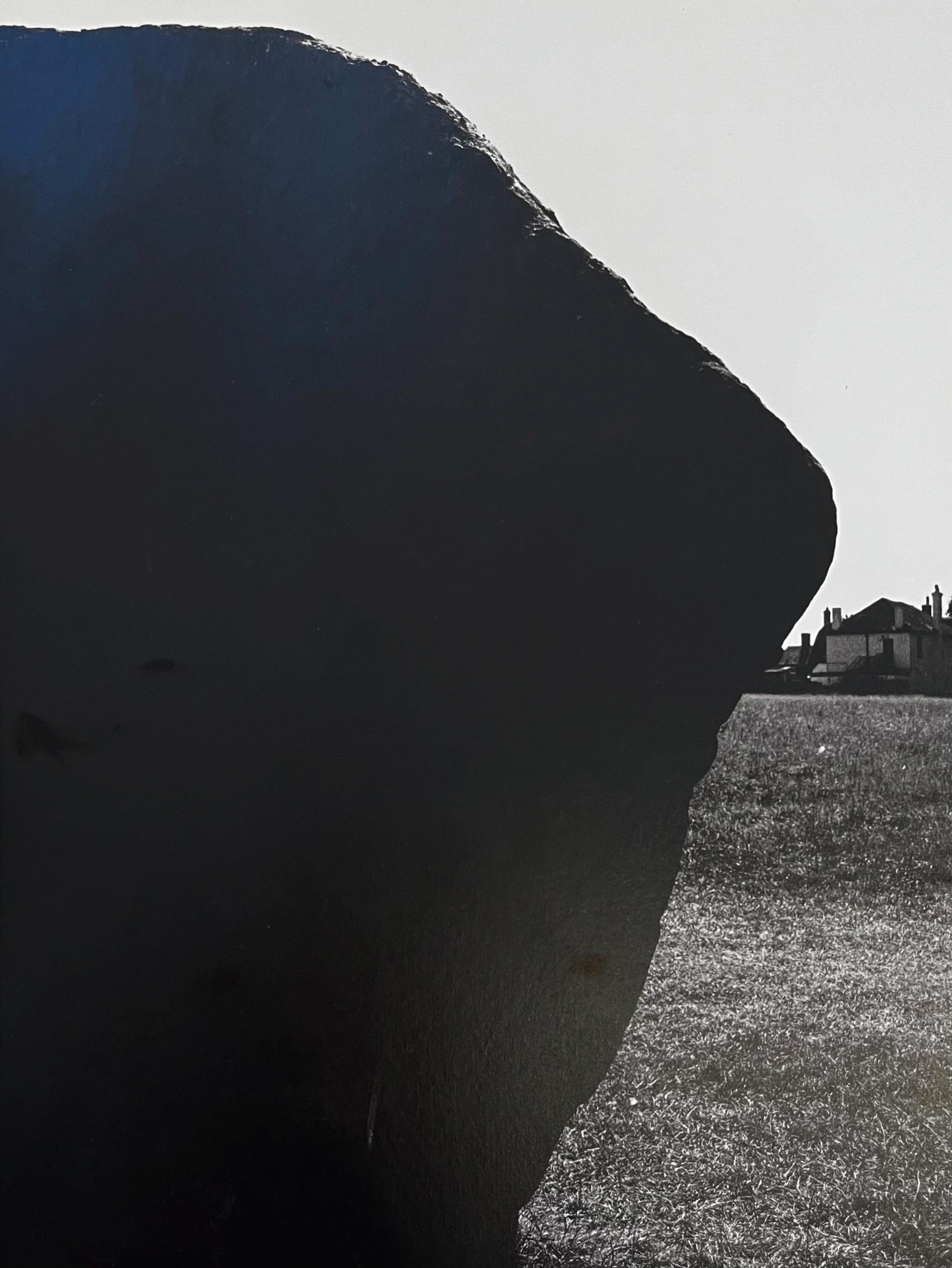
Ian McKeever
Henge XII, 2019
Acrylic and oil on canvas; diptych 94 ½ x 112 ¼ inches
 Ian McKeever
Ian McKeever
Henge XIX, 2020-2021
Acrylic and oil on canvas; diptych 49 ¼ x 53 inches
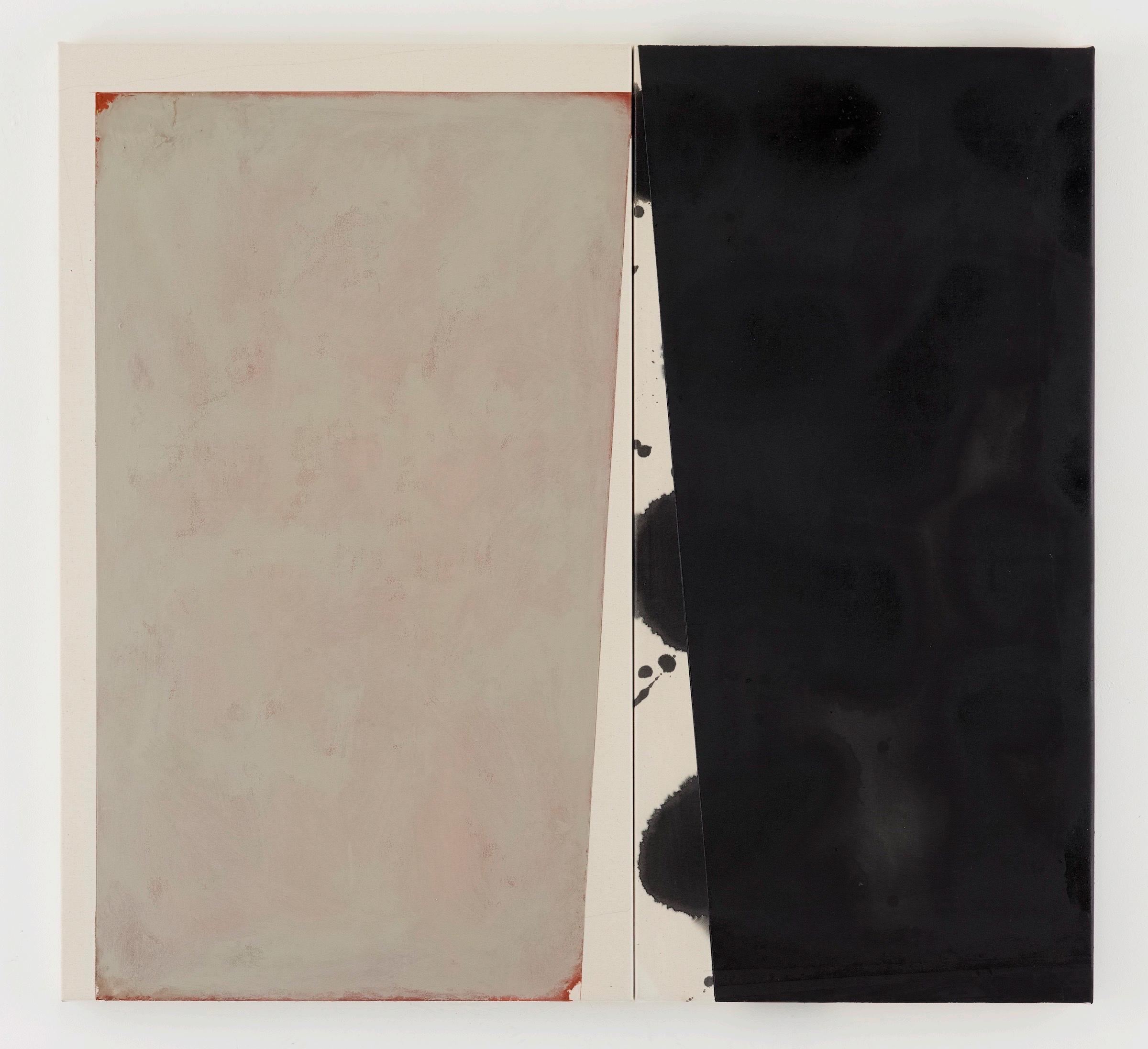
Ian McKeever
Henge II, 2017-2019
Acrylic and oil on canvas; diptych 94 ½ x 112 ¼ inches
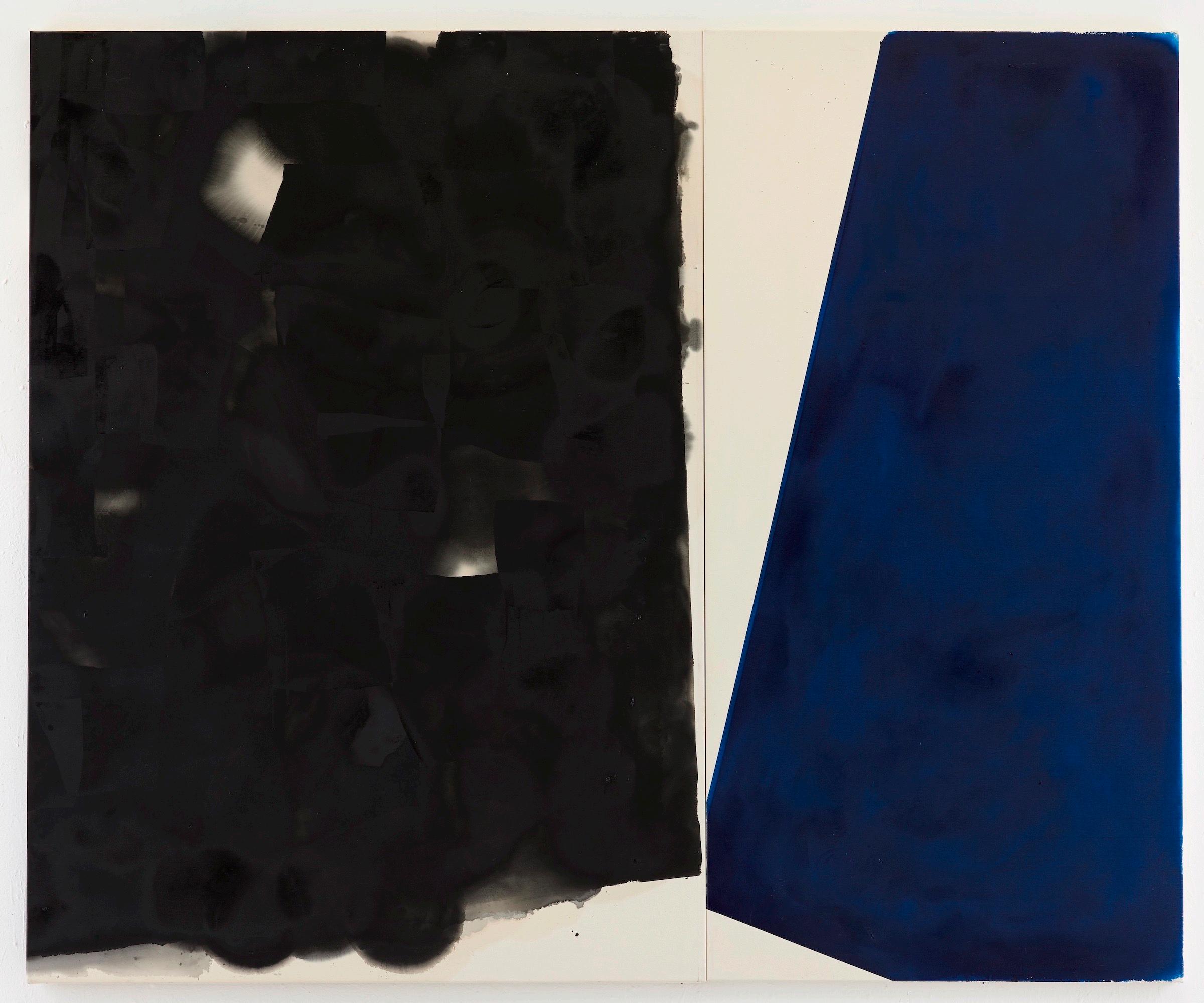 Ian McKeever
Ian McKeever
Henge XXVIII, 2021-2022
Acrylic and oil on canvas; diptych 71 x 84 ½ inches
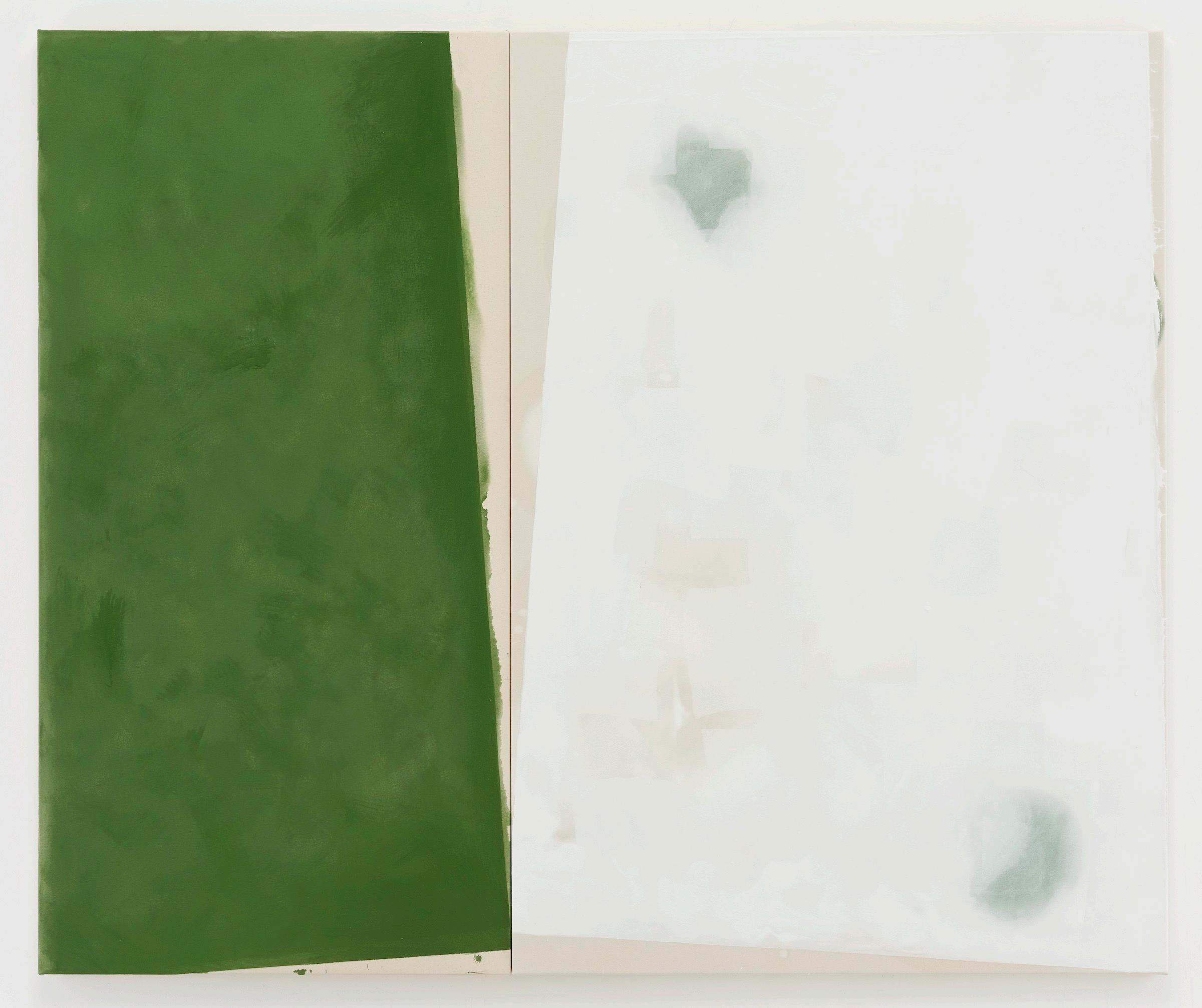 Ian McKeever
Ian McKeever
Henge XVIII, 2020-2021
Acrylic and oil on canvas; diptych 49 ¼ x 53 inches
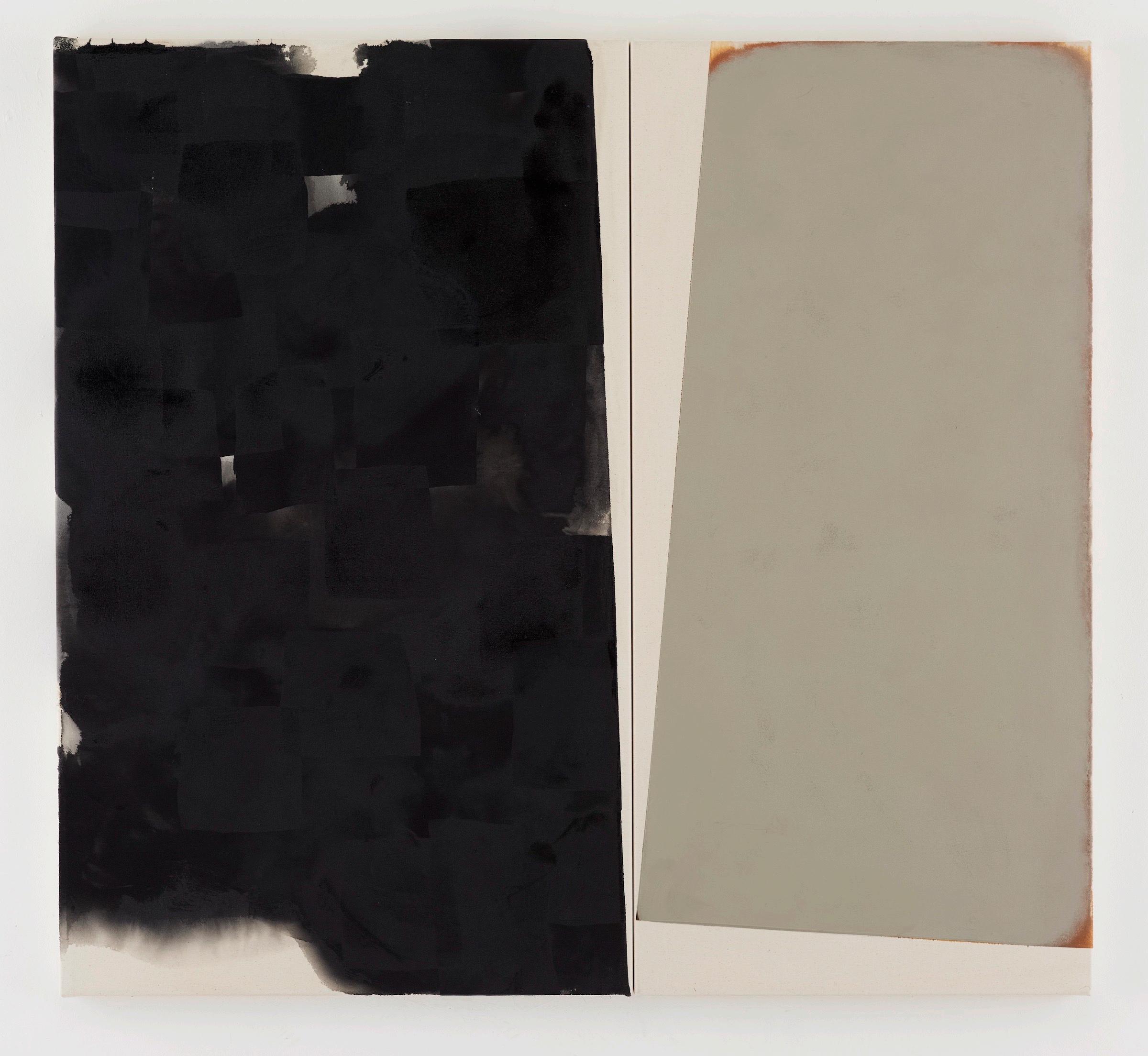 Ian McKeever
Ian McKeever
Acrylic and oil on canvas; diptych 71 x 84 ½ inches
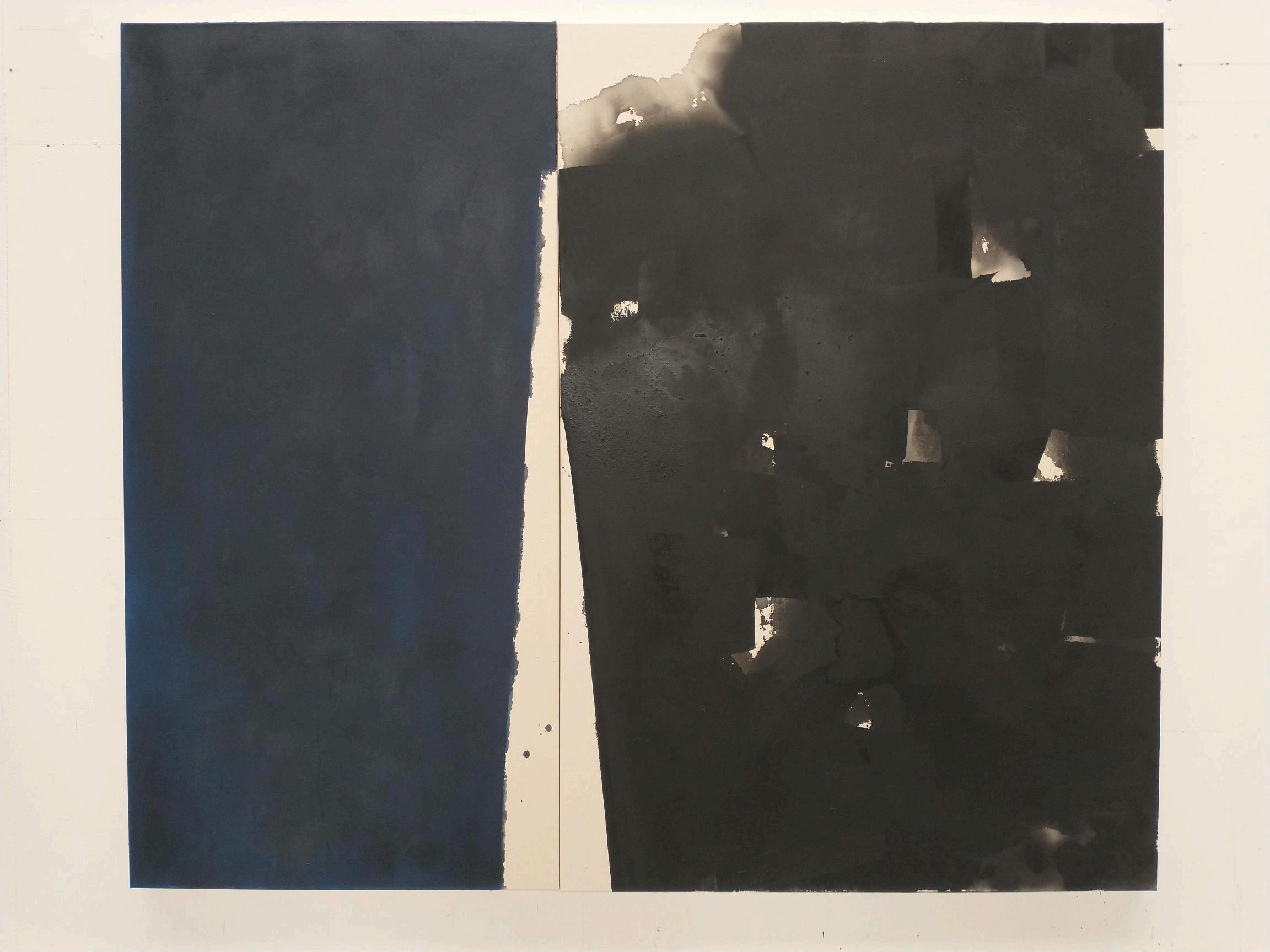
Ian McKeever
Henge No. 7, 2022
Watercolor and graphite on paper 15 x 17 inches

Henge No. 17, 2022
Watercolor and graphite on paper 15 x 17 inches

Henge No. 19, 2022
Watercolor and graphite on paper 15 x 17 inches
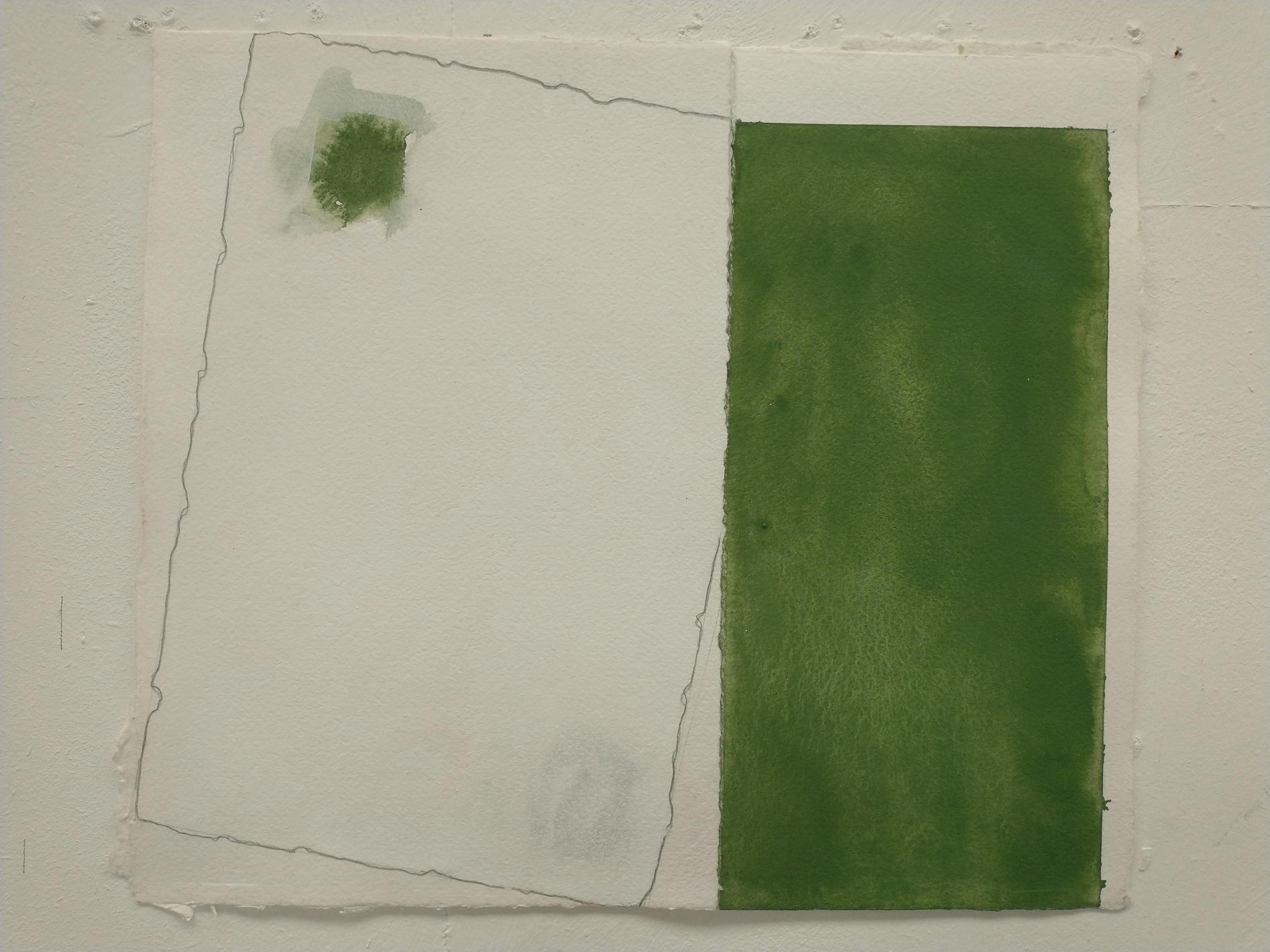
Henge No. 20, 2022
Watercolor and graphite on paper 16 ¼ x 19 inches
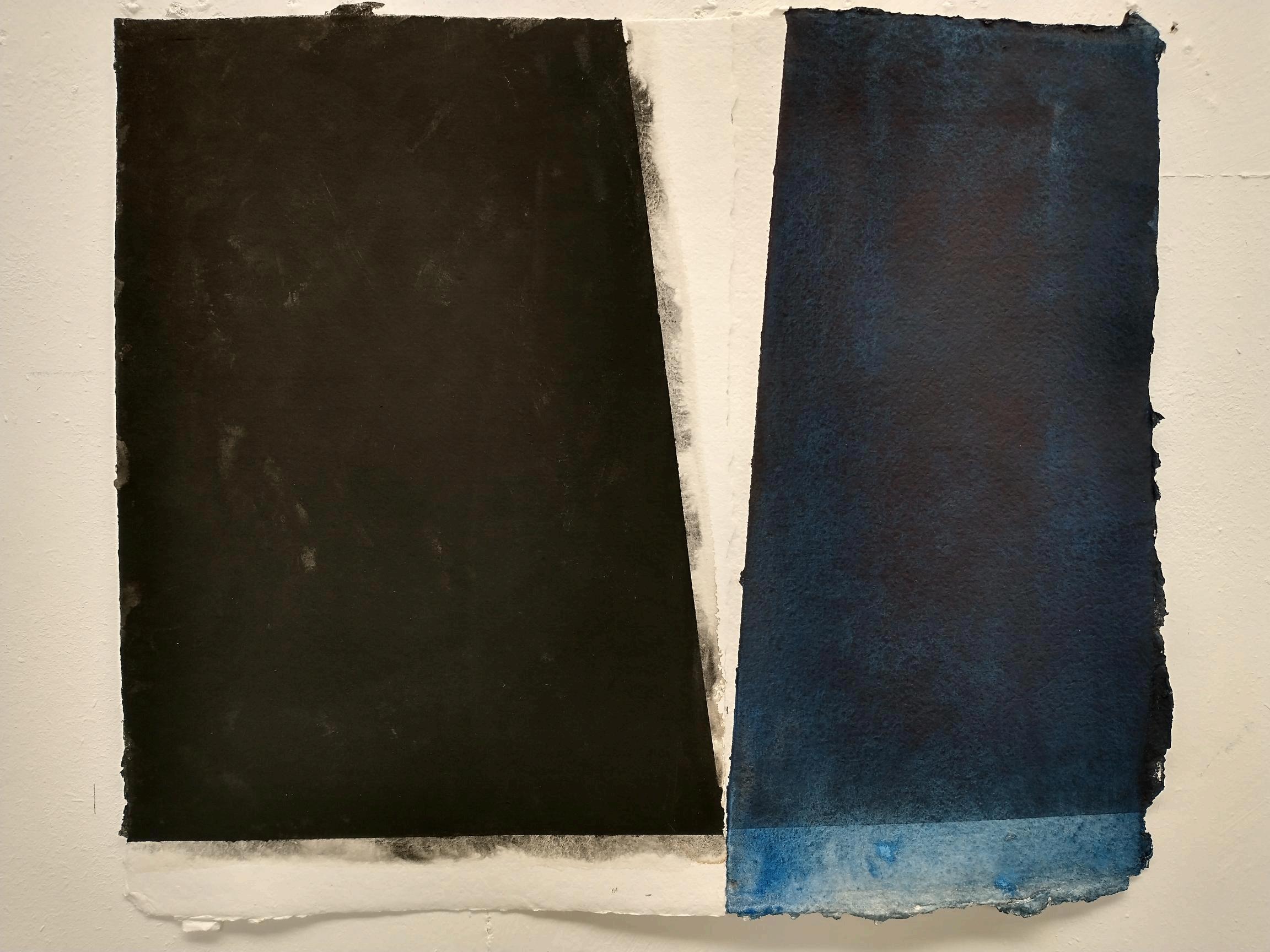
Ian McKeever
Henge No. 21, 2022
Watercolor and graphite on paper 20 ½ x 24 ½ inches
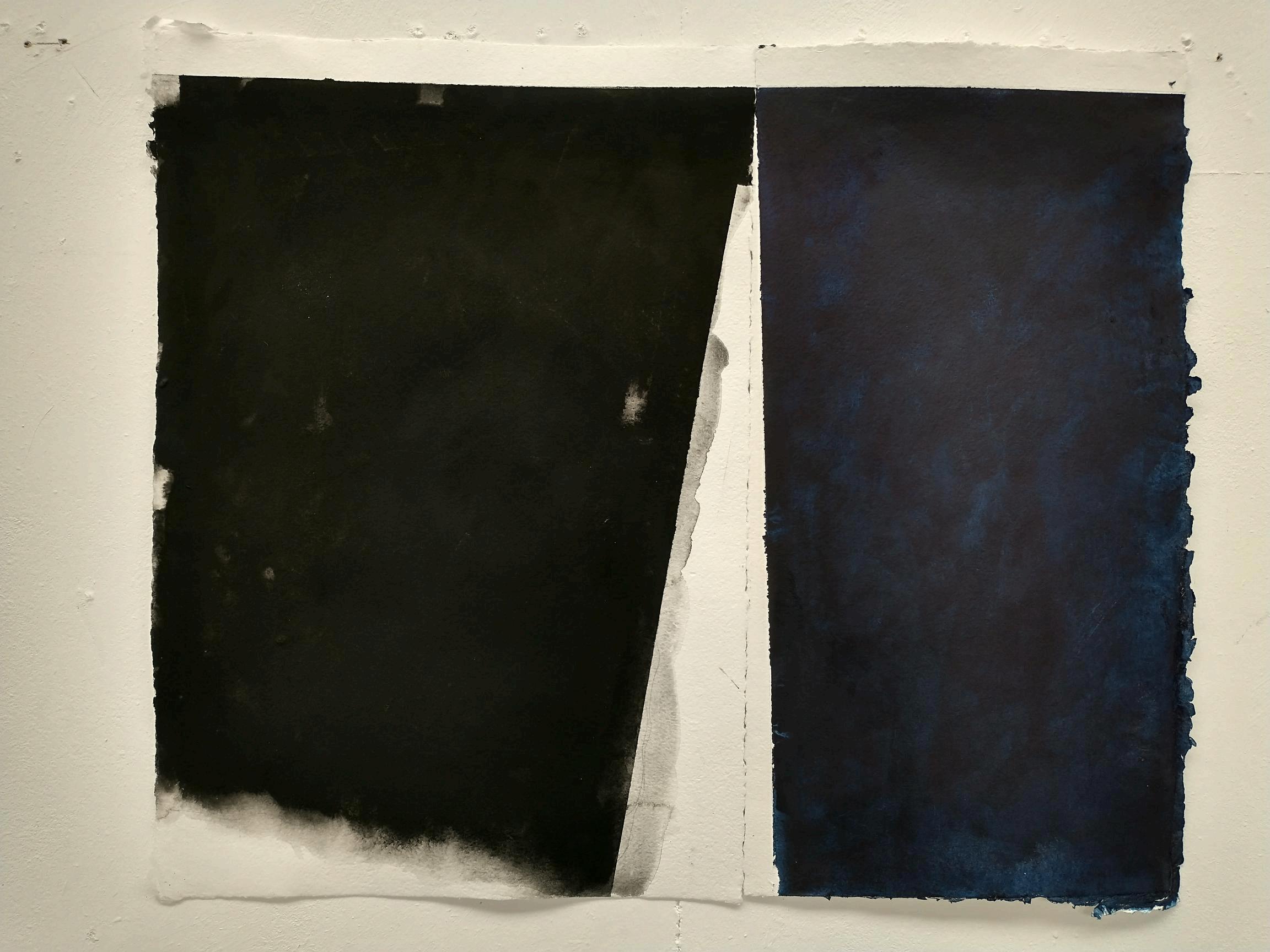
Ian McKeever
Henge No. 22, 2022
Watercolor and graphite on paper 20 ½ x 24 ¼ inches
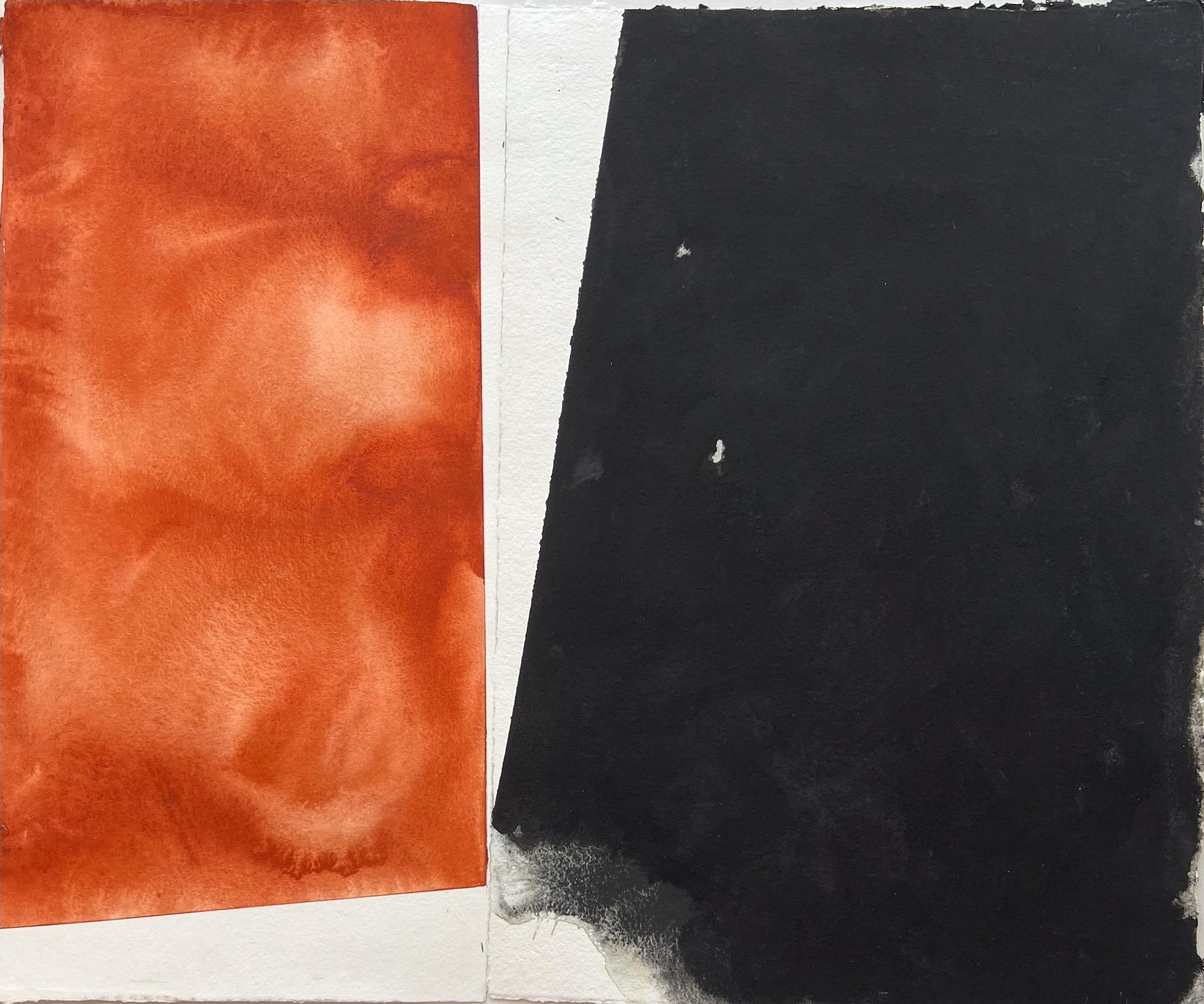 Ian McKeever
Ian McKeever
Henge No. 23, 2022
Watercolor and graphite on paper 20 ¼ x 24 ¼ inches
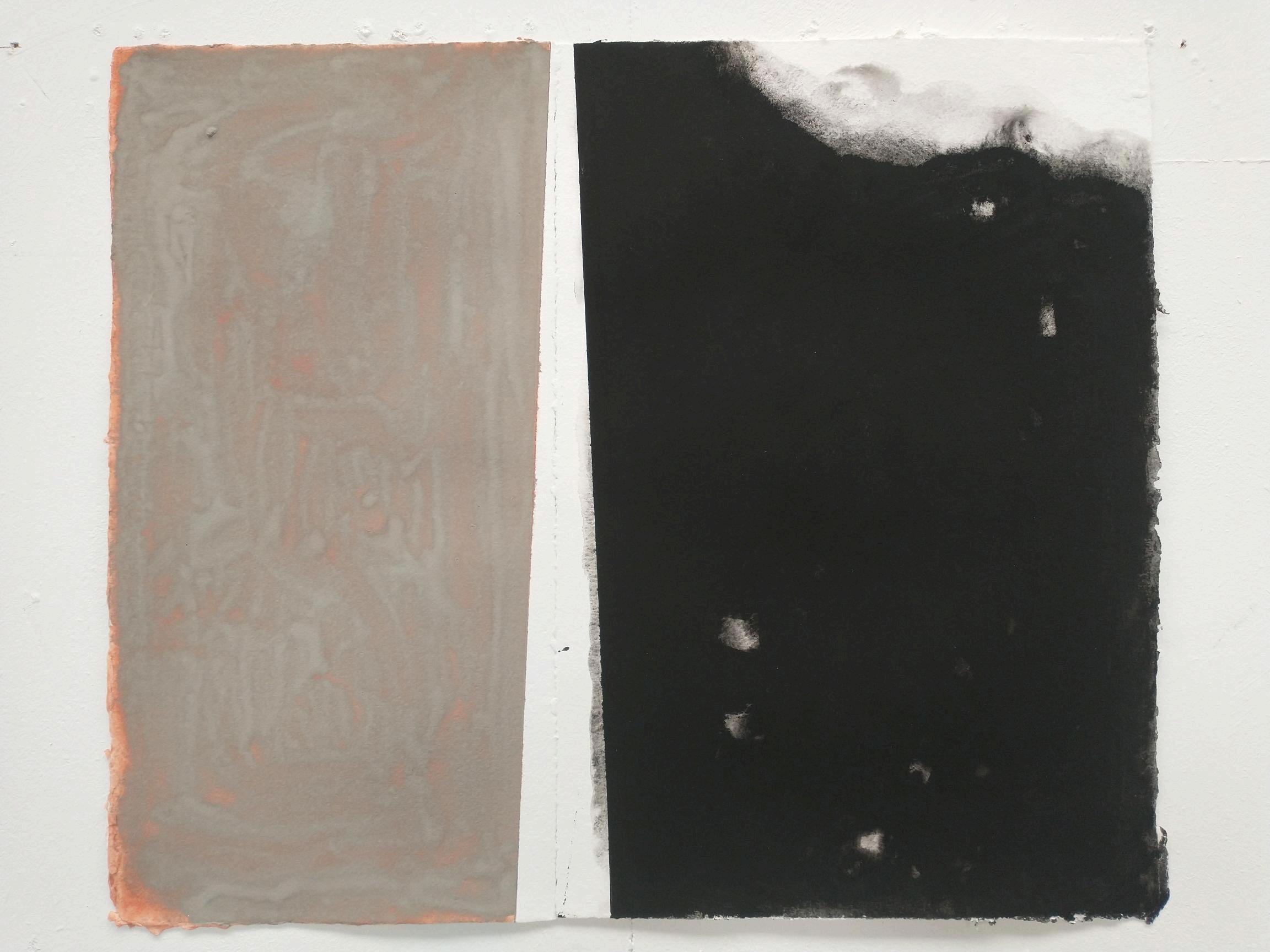
Ian McKeever
Henge No. 24, 2022
Watercolor and graphite on paper 20 ¼ x 24 ¼ inches

2022 Henge Paintings, Heather Gaudio Fine Art, New Canaan, CT
Henge Paintings, Galleri Susanne Ottesen, Copenhagen
2021 Hours, Paintings 2019-2021, GSA Gallery, Stockholm
2020 Ian McKeever/Tony Cragg. Malerei und Skulpturen, Skulpturenpark Waldfrieden, Wuppertal, Germany
2019 Ian McKeever: The Nature of Painting, Heather Gaudio Fine Art, New Canaan, CT
2018 Ian McKeever & Richard Deacon, Galleri Susanne Ottesen, Copenhagen, Denmark
Weight and Measure, Prints 1993-2018, Young Gallery, Salisbury, UK
Paintings 1992-2018, Ferens Art Gallery, Hull, UK
2017 Against Architecture Installation, Matt’s Gallery, London
Paintings and Painted Panels, Gallery Andersson/ Sandstöm, Stockholm Letters 2015-2017, Studio Tommaseo, Trieste, Italy
2016 Portrait of a Woman, 20014-2016, Galleri Susanne Ottesen, Copenhagen
…and the sky dreamt it was the sea, HackelBury Fine Art Limited, London, UK
Twelve-Standing, Galerie Forsblom, Helsinki, Finland
2015 Hours of Darkness, Hours of Light, Kunstmuseet i Tonder, Denmark
Between Darkness and Light, National Gallery of the Faroe Islands, Tórshavn Between the Stone and the Paper, Steinprent, Tórshavn, Faroe Islands
2014 Painted Panels, 2012-2014, Galeire Nanna PreuBners, Hamburg
Hours of Darkness, Hours of Light, Kunst-Station Sankt Peter, Cologne
Twelve-Standing and Three, Horsens Kunstmuseum, Denmark
Eagduru- Against Architecture, Galleri Suanne Ottesen, Copenhagen
Against Photography: Early Works 1975-1990, HackelBury Fine Art Limited, London, UK
2013 Twelve-Standing, Galleri Andersson/Sandström, Stockholm, Sweden
2012 Hartgrove: Paintings and Photographs, Josef Albers Museum; Quadrat, Bottrop, Ger.
Twelve-Standing, Galerie Nanna Preussners, Hamburg, Germany
2011 Black and Black again… Paintings 1987-2010, Museum Sonderjylland Kunstmuseet I, Tonder, Denmark
2010 Hartgrove. Paintings and Photographs, Artist’s Laboratory, Royal Academy of Arts, London
Hartgrove. Paintings and Photographs, Galleri Sussanne Ottensen, Copenhagen, Denmark
2009 Assembly, Paintings 2006-2008, Galerie Forsblom, Helsinski, Finland
Recent Paintings, Galleri Sandström Andersson, Stockholm, Sweden
2008 Assembly, Paintings and Works on Paper, 2006-2007, Alan Cristea Gallery, London
2007 Four Quartets, Paintings 2001-2007, Morat Institute, Freiburg i.Br., Germany
Assembly, Paintings 2002-2007, Kunsthallen Brandts, Odense, Denmark
2006 New Paintings, Galerie Forsblom, Helsinski, Finland
New Paintings, Galerie Andersson Sandström, Umeá, Sweden
Whispers, New Drawings, Ny Carlsberg Glyptotek, Copenhagen, Denmark
Temple Paintings, Galerie Susanne Ottesen, Copenhagen, Denmark
2005 Bilder 1983-93, Morat Institut, Freiburg i.Br, Germany
2004 Sentinel, Recent Paintings and Works on Paper, Ala Cristea Gallery, London
Four Quartets, Recent Paintings, Newlyn Art Gallery, Penzance
Recent Paintings and Ten Years of Drawing, Kettle’s Yard, University of Cambridge, UK
2003 Watercolours and Gouaches 1993-2003, Nordiska Akvarelimuseet, Skärhamn, Sweden
Small Paintings, Galleri Susanne Ottesen, Copenhagen
Tet and Work, Ian McKeever and David Miller, The Arts Institute, Bournemouth, UK
2002 New Paintings, Galleri Stefan Andersson, Umeá, Sweden
Ian McKeever, William Blake’s Jerusalem, Alan Cristea Gallery, London
Paintings from the Four Quartet Series, Horsens Kunstmuseum, Horsens, Denmark
Self -Shadow Paintings, Galeire Stadtpark, Krems Austria
2001 Ian McKeever, Paintings 1993-2000, Kunsthallen Brandts Klaedefabrik, Odense, Denmark
2000 Paintings and Works on Paper, Alan Cristea gallery, London
Ian McKeever & Richard Deacon, Galleri Suanne Ottesen, Copenhagen
1999 Ian McKeever and Kurt Kocherscheidt, Galerie 3, Klagenfurt, Austria
1998 Recent Paintings, Galleri Susanne Ottesen, Copenhagen
Twelve x Eight and Other Woodcut Monoprints, Alan Cristea Gallery, London
1997 Paintings 1990-1996, Angel Row Gallery, Nottingham and The Bonnington Gallery, University of Trent, Notthingham; Porin Taidemuseo, Pori, Finland
Recent Paintings, Galerie Modulo, Lisbon, Portugal
Recent Paintings, Galerie Tanit, Munich
Colour Etchings, Monoprints and One Painting, Alan Cristea Gallery, London
1996 Hour Paintings, Galerie Elisabeth Kaufmann, Basle, Switzerland
Works on Paper 1981-1996, University of Brighton and The Terrace Gallery, Harewood House, Leeds
1995 The Marianne North Paintings, Matt’s Gallery, London
Paintings, Galerie Janine Mautsch, Cologne
An Aspect of Landscape, Al Bustan, Beirut, Lebanon
Recent Paintings and Drawings, The Haggerty Museum of Art, Milwaukee, USA
1994 Hartgrove, Recent Woodcuts and Monoprints, Galerie Elisabeth Kaufmann, Basle, Switzerland
Hartgrove Paintings, Bernard Jacobson Gallery, London
Hour Paintings, Galerie Tanit, Munich
1993 Ninety New Guinea Gouaches, Morat Institute, Freiburg i.Br., Germany
Door Paintings, Cairn Gallery, Nailsworth
Hour Paintings, Stephen Solovy Gallery, Chicago, USA
1992 Door Paintings, Galerie Tanit, Munich
Door Paintings, Galerie Stadpark, Krems, Austria
Door Paintings, Galerie Modulo, Lisbon
Recent Paintings, Galerie Elisabeth Kaufmann, Basle, Switzerland
1991 Greenland, Watercolours and Drawings from the Morat Institut, Freiburg i.Br., Germany
1990 Notes 1989-1990, DAAD Galerie, West Berlin
Ein Diptychon, Galerie Weisser Elefant, East Berlin
Large Diptychs, Galerie Tanit, Cologne
Paintings 1978-1990, Whitechapel Art Gallery, London
1989 A History of Rocks 1986-1988, Kunstforum, Staädtische Galerie im Lenbachhaus, Munich
Greenland, Galerie Tanit, Munich and Caim Gallery, Nailsworth
1988 Quorassauq (Greenland 1988), Galleria Fantasia/Pelin, Helsinski, Finland
1987 The Staffa Project, Harris Musuem and Art Gallery, Preston; Arnolfini, Bristol; Glasgow Art Gallery and Museum and Diensthoofd Provincial Museum, Hasselt, Belgium
Recent Paintings, Galleria Krista Mikkola, Helsinski
Ian McKeever im Innsbrucker Kunstvereien, Kunstverein Innsbruck, Austria Echo and Reflection, Arbeiten 1983-1987, Kunstverein Braunschweig
Recent Paintings and Drawings, Galerie Harald Behm, Hamburg
Paintings 1986-1987, Galerie Janine Mautsch, Cologne
1986 Traditional Landscapes and Works on Paper, Galerie Ralph Wernicke, Stuttgart
Recent Paintings, Nigel Greenwood Gallery, London
Through the Ice Lens, Galerie Tanit, Munich
1985 Traditional Landscapes and Works on Paper, Galerie Nächst St Stephan, Vienna, Austria
Borderlines-Abstracting Art from Nature, Arnolfini, Bristol (with Frank Auerbach)
1984 Traditional Landscapes, Galerie Tanit, Munich
Recent Paintings, John Hansard Gallery, University of Southampton, UK
1983 Traditional Landscapes, Nigel Greenwood Gallery, London
1982 Deutscher Zyklus, Kunsthalle Nuremberg, Germany
Neue Arbeiten, Galerie Arno Kohnen, Düsseldorf, Germany
Black and White… Or hot to paint with a hammer, Matt’s Gallery, London
Lino-Cuts, Riverside Studios, London
1981 Islands, Nigel Greenwood Gallery, London (with Bernd Koberling)
Paintings: Islands and Night Flak Series, Walker Art Gallery, Liverpool and Museum of Modern Art, Oxford Fields, Waterfalls and Birds, Arnolfini, Bristol; Third Eye Centre, Glasgow, and Institute of Contemporary Art, London
1980 Vacuum, London (with Rafael Jablonka)
Aspects of Works 1973-1980, Walker Art Gallery, Liverpool, UK
Ian McKeever, Galleria del Cavelino, Venice
1979 Field Series 1978, Nigel Greenwood Gallery, London
1978 Sand and Sea Series, Spectro Arts, Newcastle
Sand and Sea Series, Richard Demarco Gallery, Edinburgh
Sand and Sea Series, Galleria Foskal, Warsaw
1977 Sand and Sea Series, Nigel Greenwood Gallery, London and Galleria Tommaseo, Trieste, Italy
1976 Ian McKeever, Ikon Gallery, Birmingham
Works 1974-76, Galleria del Cavelino, Venice
1973 Ian McKeever, Institute of Contemporary Arts, London
1971 Ian McKeever, Cardiff Arts Centre, UK
2022 Spectacular Unimposing, Künstlerhaus Bregenz, Austria
2021 Waiting II, HackelBury Fine Art Ltd, London, UK
2019 Towards the Sublime, Galerie Tanit, Beiruit, Lebanon Searching For Identity, Trieste Contemporanea, Studio Tommaseo, Trieste, Italy
2018 Summer Exhibition, Royal Academy, London, UK Richard Deacon & Ian McKeever, Galleri Susanne Ottesen, Copenhagen, Denmark
2017 On Photography, Galleri Susanne Ottesen, Copenhagen, Denmark
Abstract Minds, Galerie Braun-Falco, Munich, Germany
Air: Visualising the Invisible in British Art, 1768-2017, The Royal West of England Academy, Bristol, UK
2016 wavefront at Palazzo Costanzi, Trieste Contemporanea, Trieste, Italy
2015 Contemporary Art Exhibition, Art Museum Riga Bourse, Riga, Latvia Qwaypurlake, Hauser & Wirth Somerset, UK
2014 Leitmotif, HackelBury Fine Art, Ltd., London
Structures, British and German Painting in Dialogue, Kunthalle Wilhemshaven, Germany and The Exchange, Newlyn Art Gallery, Penzance
Some Artists’ Artists, Marian Goodman Gallery, New York
2013 Convergence, HackelBury Fine Art Ltd., London
In Cloud Country: Abstracting from Nature, Terrace Gallery, Harewood House, Leeds, UK Gifted, From the Royal Academy to the Queen, Royal Collection Trust, London
2012 Format, Galleri Susanne Ottesen, Copenhagen
Prism: Drawings from 1990-2011, National Museum of Norway, Oslo Materiality, HackelBury Fine Art, London
2011 Watercolour, Tate Britain, London
Artists for Kettle’s Yard, Kettle’s Yard, University of Cambridge Royal Academicians, Seongam Arts Center, South Korea
Under Stor Press, Master Graphic from Atelier Larsen, Helisngborg, Sweden
2010 Watercolours form the Sir Sydney Jones Collection, Victoria Gallery and Museum. Liverpool Arbeiten auf Papier, Schaltwerk, Hamburg 21, Harewood House, Leeds, UK p.p.painting 2010, Eisengraberamt, Austria
2009 Northern Print Biennale, Halton Gallery, Newcastle Art for Life, Chelsea and Westminster Health Charity, Jonathan Clark Fine Art, London
2007 At Home, Portals of Artists in The Royal Academy Collection, The John Medejski Fine Rooms, Royal Academy of Arts, London
Fairytale Cabinets, Montana Kunsthallen Brandts, Odense, Denmark
Hugh Stoneman: Master Printer, Tate St Ives, Cornwall
2006 50 Years with Art, Lovbjergsamilingen, Horsens Kunstmuseum, Horsens, Denmark
2005 Seven Royal Academicians in China, National Art Gallery, Beijing, China; Shanghai Art Museum, China and Royal Academy of Arts, London Matisse to Freud. A Critic’s Choice: The Alexander Walker Bequest, The British Museum, London and The Hayward Gallery Touring The Art of White, The Lowry, Manchester
2004 Works and Days, Acquisitions for the Louisiana Collection 2000-2004, Louisiana Museum of Modern Art, Humlebaek, Denmark
2003 In Print, Hakodate Museum of Art and Marugame Museum of Contemporary Art, Shikoku Island, Japan
2002 Centenary Exhibition, Carlsberg Foundation, Glyptothek, Copenhagen
In Print, The Art Pavilion Gallery, Belgrade, Serbia and Yaroslavi Museum of Fine Art, Yaroslavi, Russia
2001 Eigenschatten, Museumberg Fiensburg, Germany and Kunsthallen Brandts Klaedefabrik, Odense
1999 Graphic! British Prints Now, Yale Center for British Art, New Haven Into the Light, Photographic Printing Out of the Darkroom, The Royal Photographic Society, Bath; Caliografia Nacional, Madrid; Fundación Municipal de Cultura, Valladolid, Spain 1999 Erwenbungen der Marianne und Heinrich Lehhard Stiftung, Pfalzgalerie, Kaiserslautern, Germany
Arts Council of Great Britain
The Royal Collection Trust, HM Queen Elizabeth II
The Royal Academy of Arts, London
The British Council, London
The Government Art Collection of Great Britain, London Tate, London Red Mansion Foundation, London
The British Museum, London
The Scottish National Gallery of Modern Art, Edinburgh
The Birmingham Museum and Art Gallery
Leeds City Art Gallery Harris Museum and Art Gallery, Preston MUMOK, Museum moderner Kunst Stiftung Ludwig Wien, Vienna Mead Gallery, University of Warwick Museum of Contemporary Art, Helsinski Porin Taidemuseo, Por, Finland
Louisiana Museum of Modern Art, Denmark New Carlsberg Foundation, Copenhagen New Carlsberg Glytotek, Copenhagen Sonderjyllands Kunstmuseum, Tonder, Denmark Morat-Institut für Kunst und Kunstwissenschaft, Freiburg i.Br., Germany
Pfalzgalerie, Kaiserslautern, Germany
Kunsthalle Kiel, Germany
Neues Museum Nüremberg, Germany Museum of Fine Art, Budapest National Gallery of South Africa, Johannesburg
Museum Schloss Morsbroich, Leverkusen, Germany
The Boston Museum of Fine Art Brooklyn Museum of Fine Art, New York
The Metropolitan Museum of Fine Art, New York
Museum of Modern Art, New York
New York City Library Massachusetts Institute of Technology, Boston Museum of Modern Art, Cincinnati Yale Center fort British Art, New Haven
MIT List Visual Arts Center, Boston
The Haggerty Museum of Modern Art, Milwaukee
Back cover: Henge XXVIII (detail)
